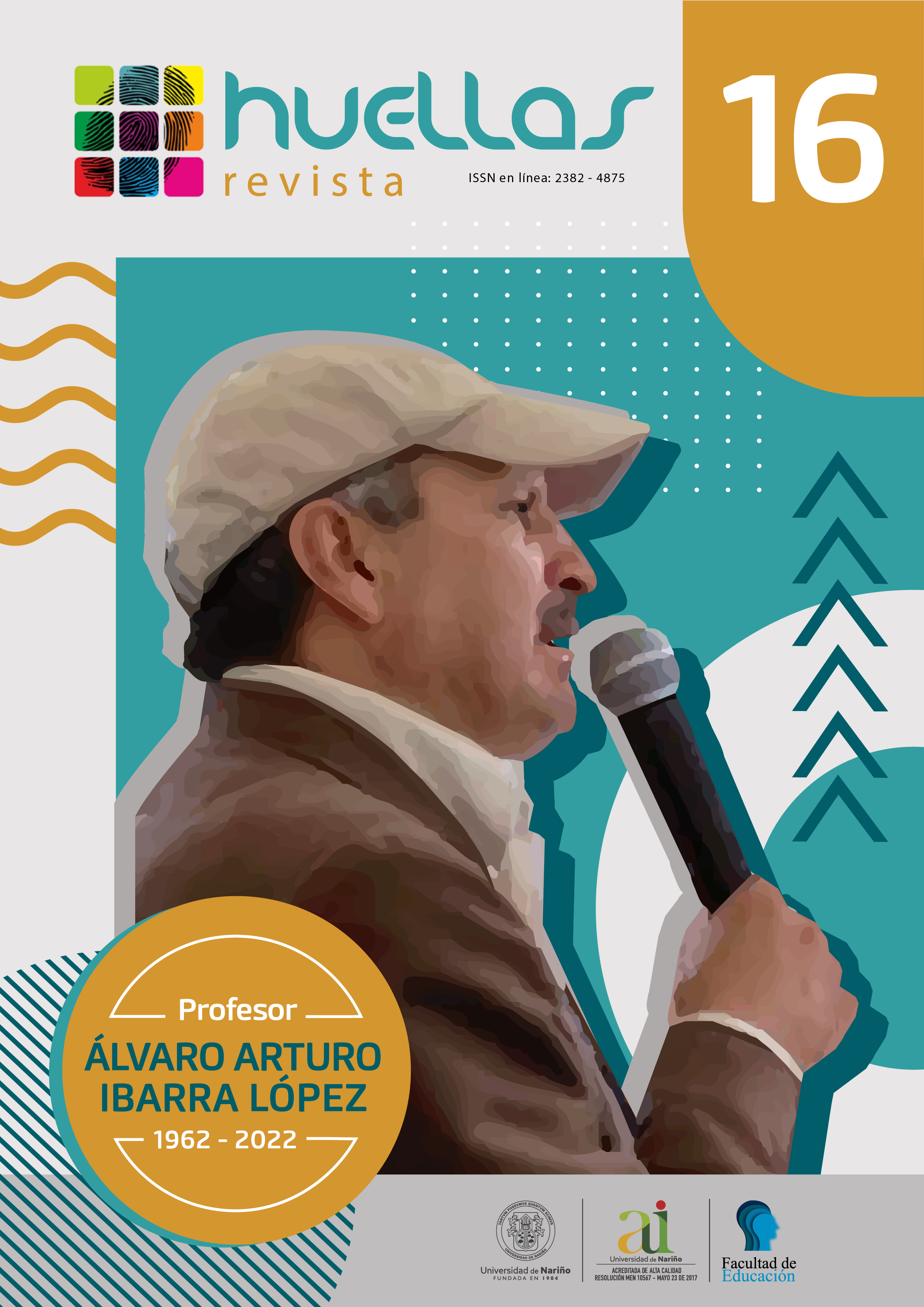OBJETO VIRTUAL DE APRENDIZAJE (OVA) PARA LA ENSEÑANZA DE CIRCUITOS ELÉCTRICOS BÁSICOS DIRIGIDO A ESTUDIANTES DE GRADO QUINTO DE BÁSICA PRIMARIA
Keywords:
ova, electrical circuits, teaching, digital resources, tools, interactive activitiesAbstract
For more than a year, the current situation caused
by Covid-19 forced the closure of all educational
establishments, this led to the beginning of academic
activities in a virtual way causing multiple difficulties
in understanding the theoretical-practical topics,
specifically to the referring to basic electrical circuits,
since the teaching of this subject requires experimental
processes to reinforce understanding. This is where the
OVA, understood as a set of digital resources that operate
in order to facilitate the distribution and assimilation of
content within the process of teaching, represents a
useful tool for teachers and students since it supports the
educational needs, being very useful before, during and
after the videoconferences held in the different learning
spaces since in addition to being available in At all times,
it offers thematic, interactive learning activities lifting and
elements that help contextualize knowledge, and likewise
enhance creativity and autonomous work of students.
Downloads
References
virtuales de aprendizaje OVA. Universidad Nacional Abierta
ya Distancia-UNAD Escuela.
Ciencia, C. E. N. D. I. Y. C. E. D. M. D. E. Y. (2001). CNICE Red
Digital. OVA. http://reddigital.cnice.mec.es/6/Articulos/
articulo_capitulo.php?articulo=2&capitulo=2
Díaz Grynberg, M. (2019). Ovi-ova; conceptos generales
Fernández, E. J. (2006). Especificaciones y estándares
en e-learning de Tecnologías de la Información y
Comunicación Educativas, 6(1), 6–7. Descargado de http://
reddigital.cnice.mec.es/6/Articulos/articulo_capitulo.
php?articulo=2&capitulo=2
Garay Alemany, V. (2012). Innovación educativa con TIC.
Google docs, una herramienta para la construcción social
del conocimiento. Educación y tecnología, 83 - 109.
Hernández-Sampieri, R. & Mendoza, C (2018). Metodología
de la investigación. Las rutas cuantitativa, cualitativa y mixta.
MEN (2005). Concurso de Méritos: Objetos Virtuales de
Aprendizaje. Ministerio de Educación Nacional. Bogotá,
Colombia.
Monsalve Pulido, J. A; Aponte Novoa, F. A. (2012). Medeovas
- metodología de desarrollo de objetos virtuales de
aprendizaje. Conferencias laClO,3(1).
Plata, J. M. O., Zermeño, M. G. G; Chávez, M. M. P. (2014).
Estrategias innovadoras en el aula: implementación de un
objeto virtual de aprendizaje. Educación y humanismo,
16(26), 58-72.
Soneira E. (21-07-2016). Electricidad básica: tipos de
circuitos eléctricos y sus usos. ceac Informática y tecnología.
https://www.ceac.es/blog/electricidad-basica-tipos-decircuitos-
electricos-y-sus-usos



